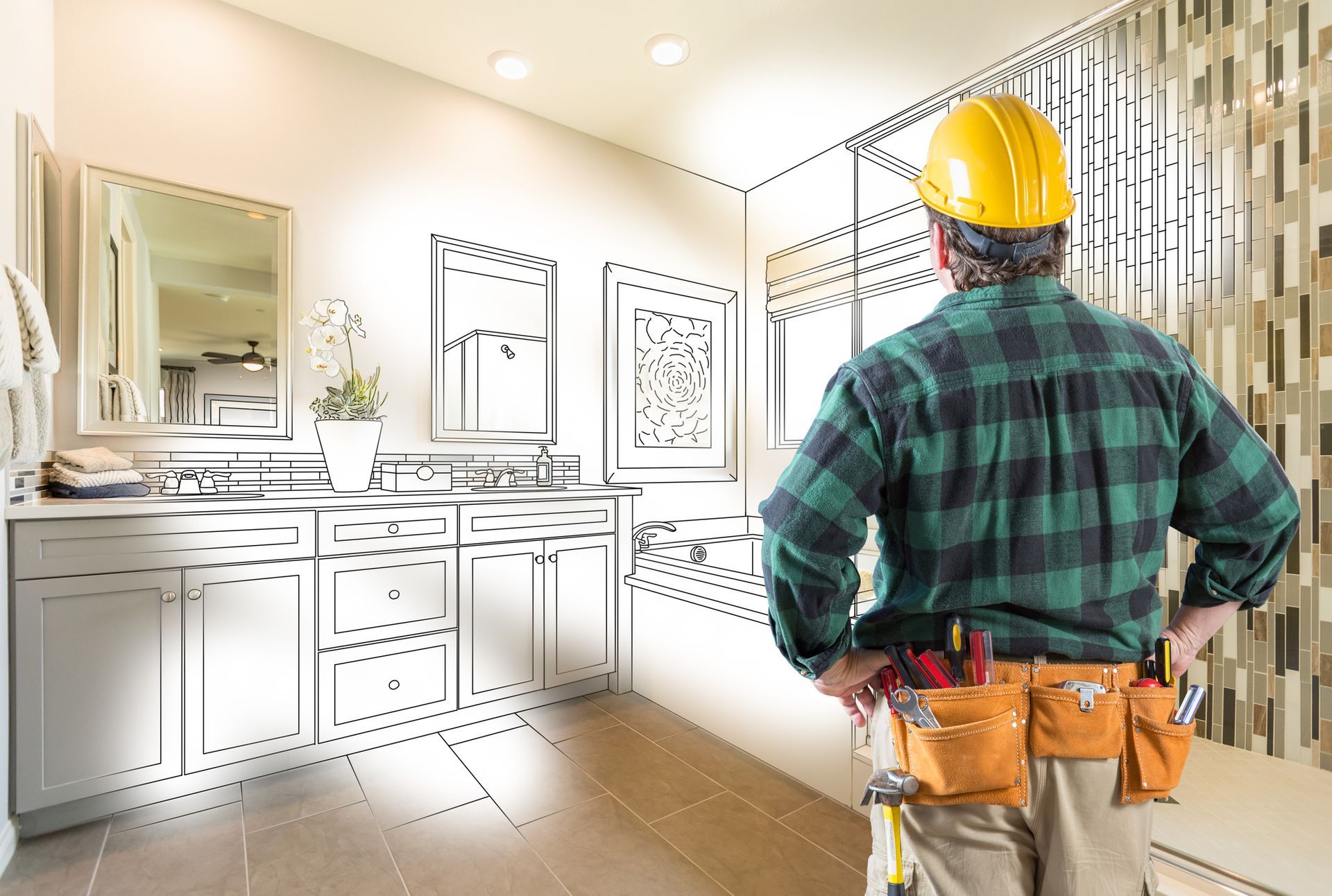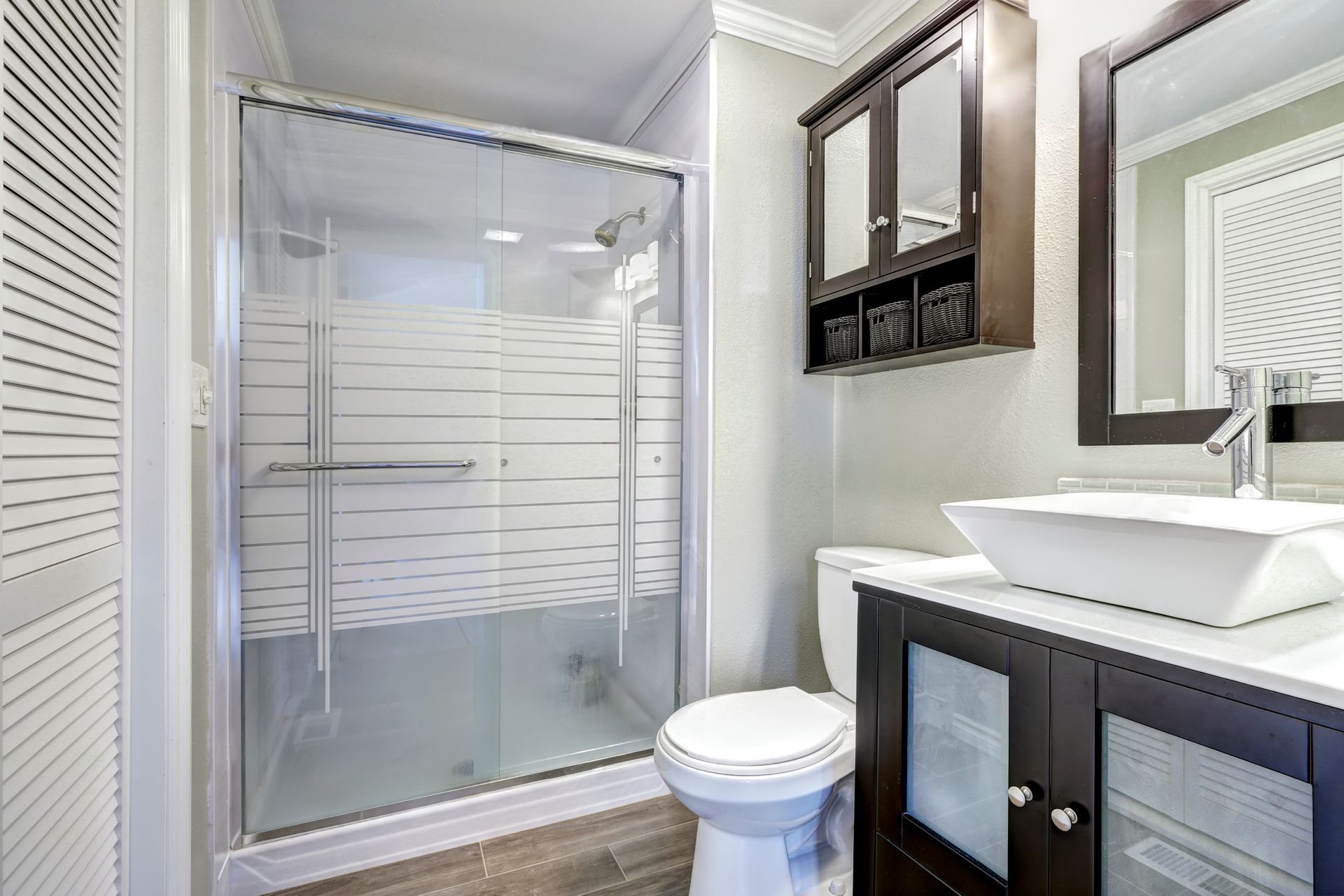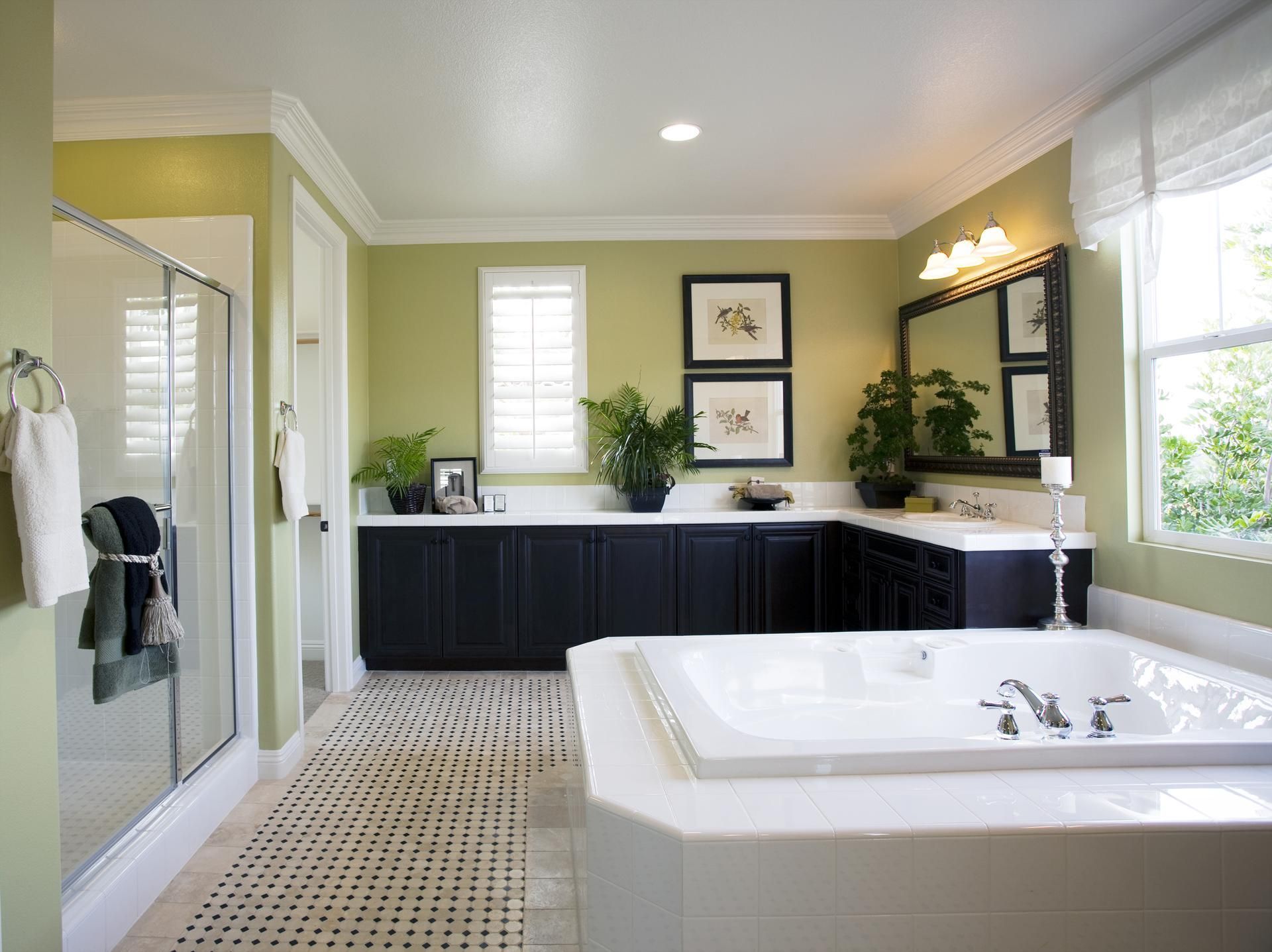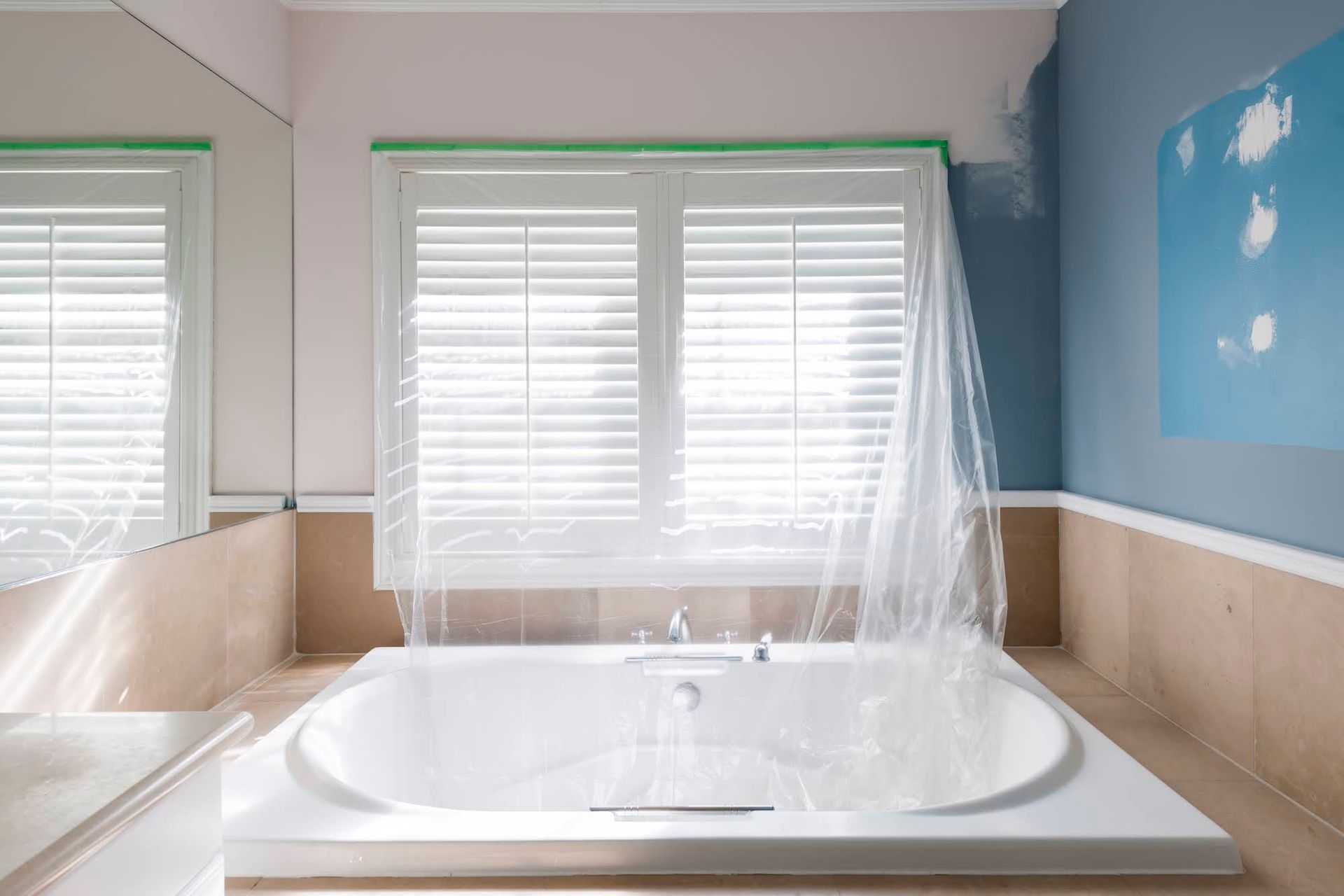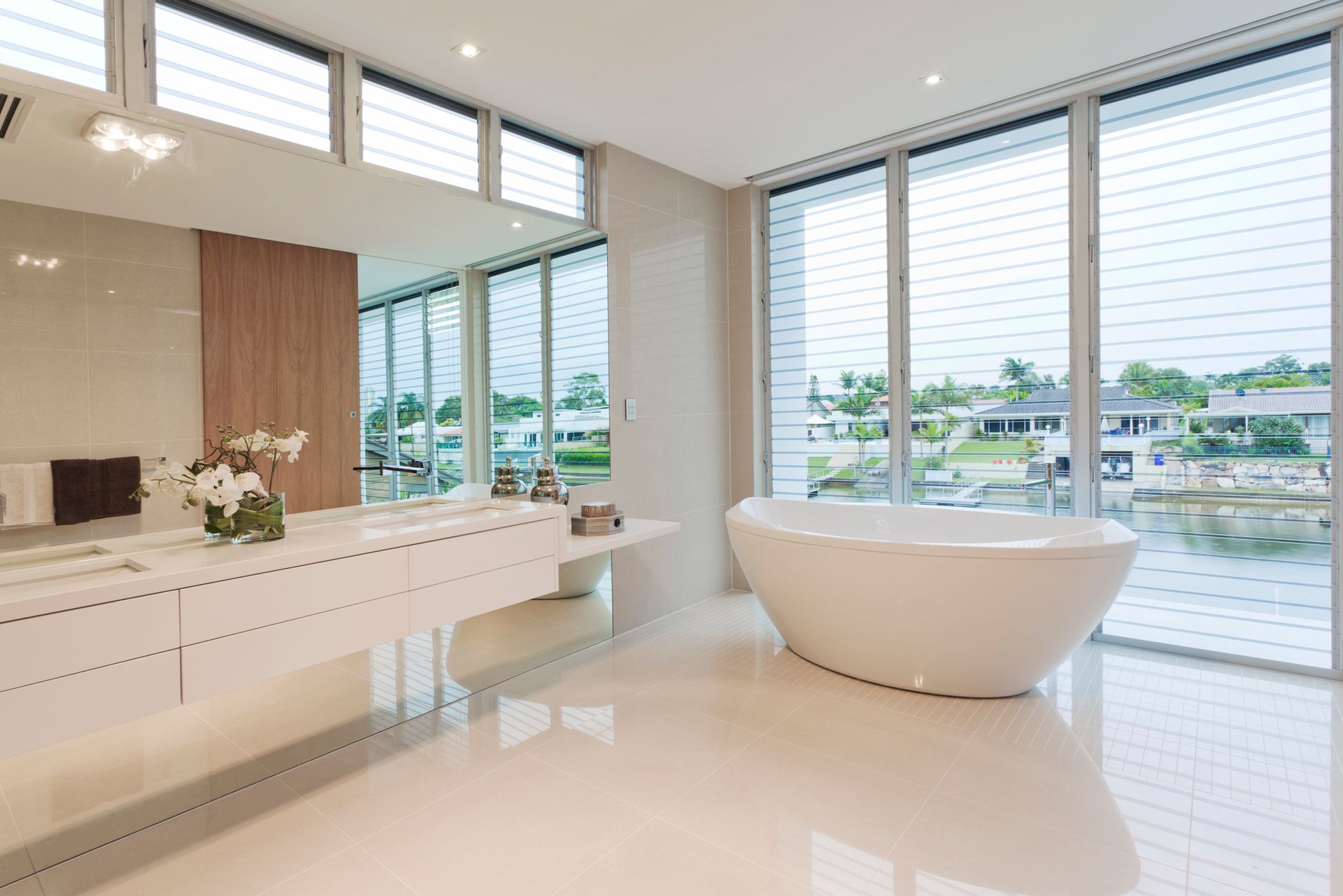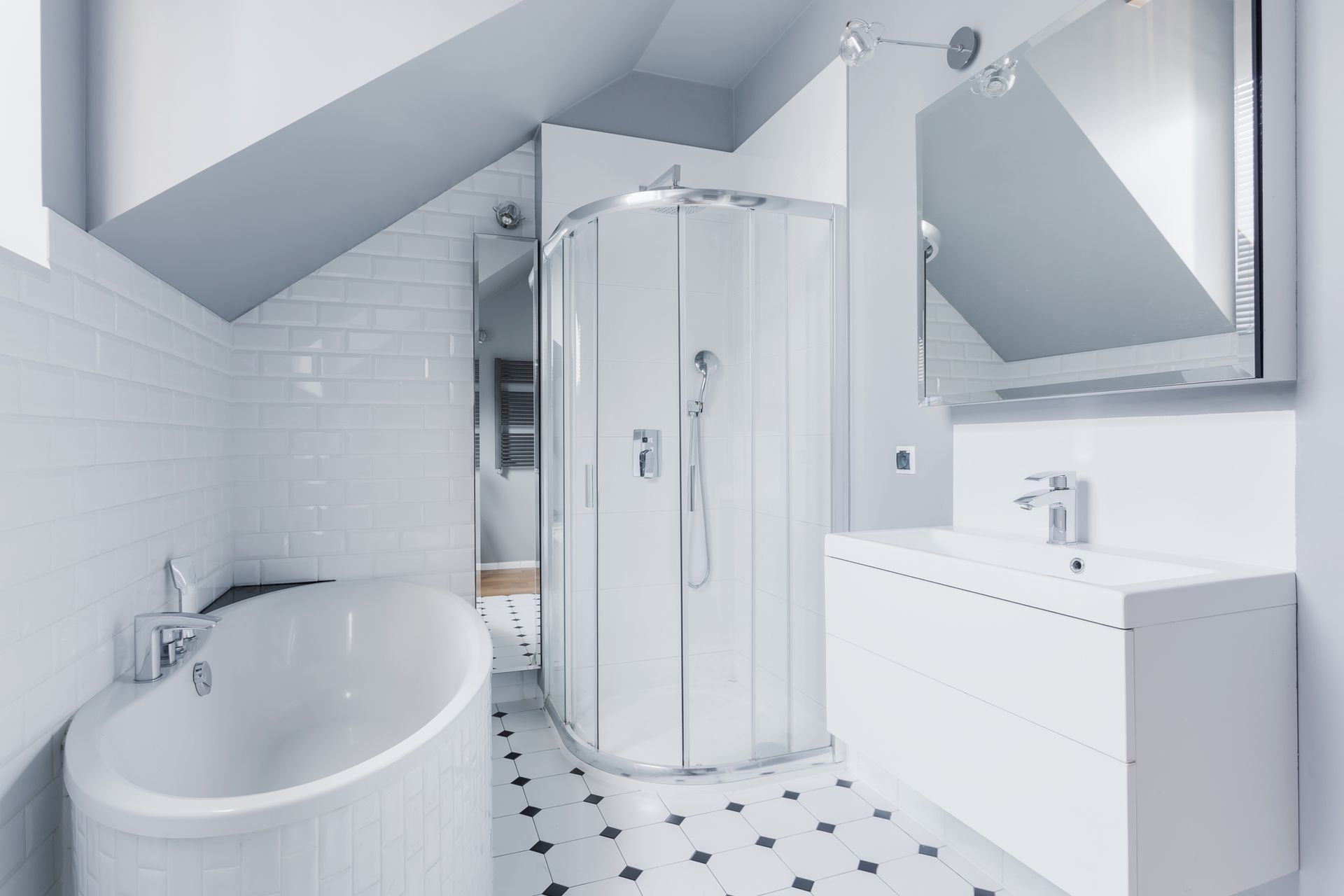Remodeling Your Shower or Tub? 5 Terms You Should Know
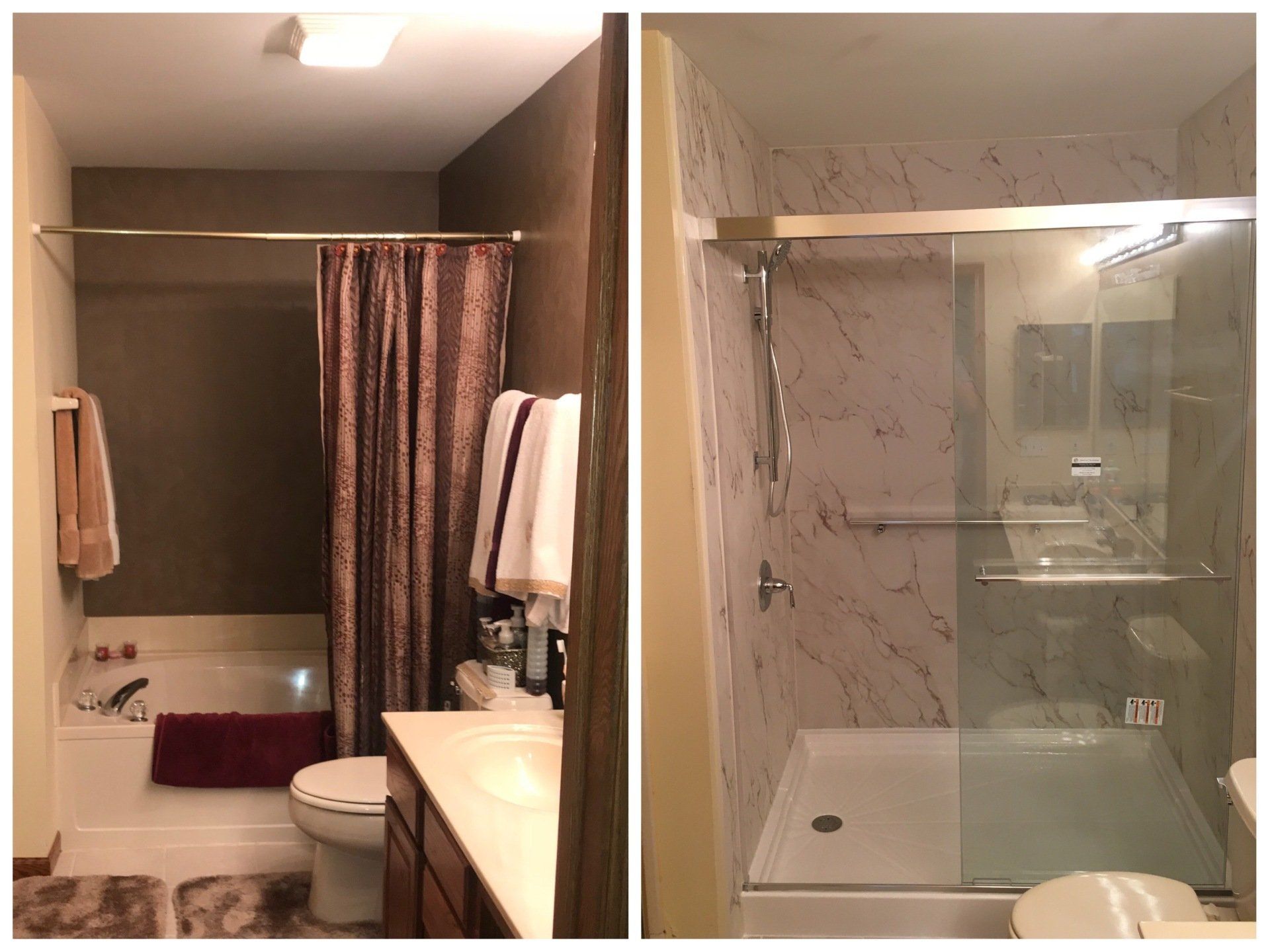
Do you want to update your shower or bathtub to a more modern design? Are you or a family member concerned with making it as accessible as possible? Homeowners who value either or both goals have a lot of choice in today's shower and bathtub market, but they need to understand some of the newer terminology in this area.
To help you find the right solutions for these bathroom elements, here are five key terms to know.
1. Wet Area
The wet area of your bathroom is the area containing the shower or bathtub. This is the part of the room specifically designed to offer the most water resistance and protection. Traditional showers with doors and bathtubs with surrounds may not need as much water protection around them, but the wet area — a sort of splash zone in the bathroom — may be larger for accessible fixtures.
2. Wet Room
One of the newest and hottest trends in bathroom design is the wet room. Don't confuse it with the wet area, though, which all bathrooms have. A wet room takes this concept and extends it to the entire bathroom.
The wet bathroom assumes that any part of the bathroom may get wet, so it builds in more waterproofing throughout. Builders will seal the floors and walls against moisture. The main room may have a central drain and methods to channel water where you want it. And all materials used in the room are chosen with waterproofing in mind.
3. Step-In (or Walk-In) Showers
While all showers might seem like they could be called a walk-in (or step-in) shower, this designation is reserved for certain types. A walk-in shower minimizes the threshold dividing the shower space from the surrounding room and gets rid of all unnecessary doors and curtains. It may have a partial glass wall to help keep water in the unit, but it's not fully enclosed.
The most obvious question most people have is how the water stays in the shower without traditional barriers. A combination of features facilitates the shower’s ability to seal in water. First, the shower floor may have an inward angle to help divert water. It's also generally larger than a shower stall. Some showerheads themselves (such as rain showers) create less splashing. And the area around the open shower may be waterproofed.
4. Walk-In Bathtub
A walk-in bathtub is a specialty tub design to increase safety and comfort for those with mobility issues. The design is generally the same for most units, consisting of a taller-than-normal tub outfitted with a door you can open to enter the tub. You sit down and fill the bathtub to the desired height. Walk-in bathtubs greatly improve safety while still allowing the bathroom to have a bathtub and maintain its versatility.
5. Roll-In Shower
You can further expand a walk-in shower to create a roll-in shower. Roll-in showers have no threshold or lip between the shower base and the surrounding bathroom. They also tend to include wider entry areas to accommodate mobility devices or avoid having any glass panels at all. The overall size of the shower may also be larger for wheelchair maneuvering.
Essentially, all roll-in showers are also walk-in showers, but not all walk-in showers meet the additional roll-in shower requirements.
Where to Learn More
By learning the basics of today's shower and bathtub terms, you'll be better able to get exactly the solutions you want. Ready to put this education to use? Start by touring the bath and shower choices at Midwest Bath Company. We provide a wide array of wet area choices to meet the goals of any homeowner or family. Call today to make an appointment.

